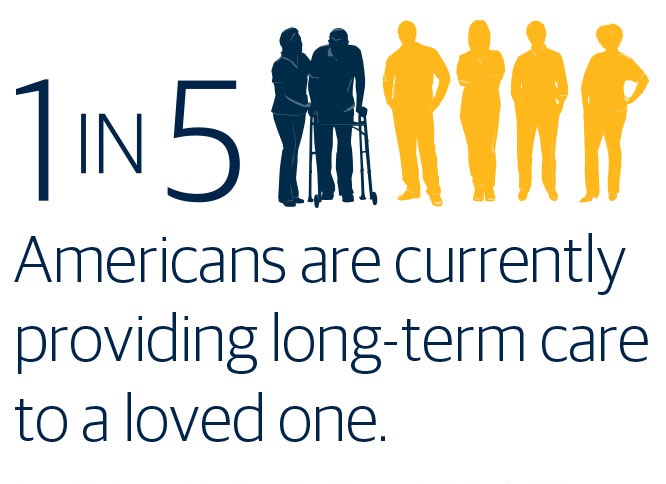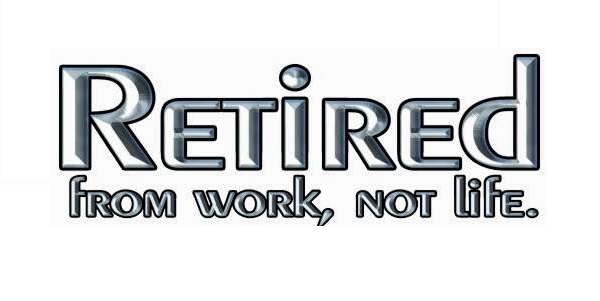When having the discussion on buying a LTC policy there are a few aspects to think about.
Cost of care:
This aspect is usually over looked during the process but is the most important part.
The average daily cost of a home health care is $228 for 12 hours at $19h about $6840 per month and $82,080 per year.
The starting cost of a private room in an assisted living community is $134 a day $4000 per month $48,000 per year, and can get up to about $10,000 per month and $120,000 per year.
Cost of Premium:
Most people tend to look at the premium and say it’s too high.
For example, a healthy 55-year-old man would pay nearly $6,870 per year for a LTC policy that pays $200 per day for five years and increases the benefits by 5 percent compounded each year. Providing up to $365,000 in coverage (in today’s dollars) when you multiply the daily benefit by the benefit period.
On the hand the same 55-year-old man would pay only $1,534 per year for a LTC policy that covers $150 a day for three years with a 3-percent compound inflation adjustment. Providing up to $164,250 in coverage (in today's dollars) when you multiply the daily benefit by the benefit period.
People tend to go with the lesser of the 2 options (listed) since the premium is much lower.
But what is the so-called “high premium” compared too? If you compare it to the yearly cost of care, it is pennies on the dollar. The only real question that needs to be asked is how long will I live, and will it be in place to cover all my expenses?
By reducing the inflation adjustment delivers the biggest savings. You need to have some inflation protection, especially if you buy coverage in your fifties or sixties and may not need care for 20 years or more.
Shortening the benefit period saves money but probably wouldn't provide enough coverage for a degenerative condition, such as Alzheimer's. Couples can hedge their bets by buying a shared-benefit policy. Instead of, say, a three-year benefit period each, they'd have a pool of six years to use between them.
Extending the waiting period can also lower the premium, although you'll have to pay the full cost of care before your insurance covers anything. Policies with a 90-day waiting period tend to offer a good balance, but look for a "calendar day" waiting period. That starts the clock ticking as soon as you qualify for care, either because you need help with two activities of daily living or have cognitive impairment. A "service day" waiting period has the same benefit trigger but counts only the days you receive care. Some insurers, charge about 15 percent extra for a policy with no waiting period for home care.
All policies can be tweaked to save hundreds of dollars in premiums, but is saving a few dollars now worth the reality of spending thousands of dollars out of pocket later?
Vasilios "Voss" Speros 602-531-5141
#LifeInsurance #RetirementStrategies #sperosfinancial
http://www.sperosfinancial.com/
https://www.linkedin.com/pub/vasilios-%22voss%22-speros/60/722/67b
[email protected]
85254
When having the discussion on buying a LTC policy there are a few aspects to think about.
Cost of care:
This aspect is usually over looked during the process but is the most important part.
The average daily cost of a home health care is $228 for 12 hours at $19h about $6840 per month and $82,080 per year.
The starting cost of a private room in an assisted living community is $134 a day $4000 per month $48,000 per year, and can get up to about $10,000 per month and $120,000 per year.
Cost of Premium:
Most people tend to look at the premium and say it’s too high.
For example, a healthy 55-year-old man would pay nearly $6,870 per year for a LTC policy that pays $200 per day for five years and increases the benefits by 5 percent compounded each year. Providing up to $365,000 in coverage (in today’s dollars) when you multiply the daily benefit by the benefit period.
On the hand the same 55-year-old man would pay only $1,534 per year for a LTC policy that covers $150 a day for three years with a 3-percent compound inflation adjustment. Providing up to $164,250 in coverage (in today's dollars) when you multiply the daily benefit by the benefit period.
People tend to go with the lesser of the 2 options (listed) since the premium is much lower.
But what is the so-called “high premium” compared too? If you compare it to the yearly cost of care, it is pennies on the dollar. The only real question that needs to be asked is how long will I live, and will it be in place to cover all my expenses?
By reducing the inflation adjustment delivers the biggest savings. You need to have some inflation protection, especially if you buy coverage in your fifties or sixties and may not need care for 20 years or more.
Shortening the benefit period saves money but probably wouldn't provide enough coverage for a degenerative condition, such as Alzheimer's. Couples can hedge their bets by buying a shared-benefit policy. Instead of, say, a three-year benefit period each, they'd have a pool of six years to use between them.
Extending the waiting period can also lower the premium, although you'll have to pay the full cost of care before your insurance covers anything. Policies with a 90-day waiting period tend to offer a good balance, but look for a "calendar day" waiting period. That starts the clock ticking as soon as you qualify for care, either because you need help with two activities of daily living or have cognitive impairment. A "service day" waiting period has the same benefit trigger but counts only the days you receive care. Some insurers, charge about 15 percent extra for a policy with no waiting period for home care.
All policies can be tweaked to save hundreds of dollars in premiums, but is saving a few dollars now worth the reality of spending thousands of dollars out of pocket later?
Vasilios "Voss" Speros 602-531-5141
#LifeInsurance #RetirementStrategies #sperosfinancial
http://www.sperosfinancial.com/
https://www.linkedin.com/pub/vasilios-%22voss%22-speros/60/722/67b
[email protected]
85254





 RSS Feed
RSS Feed